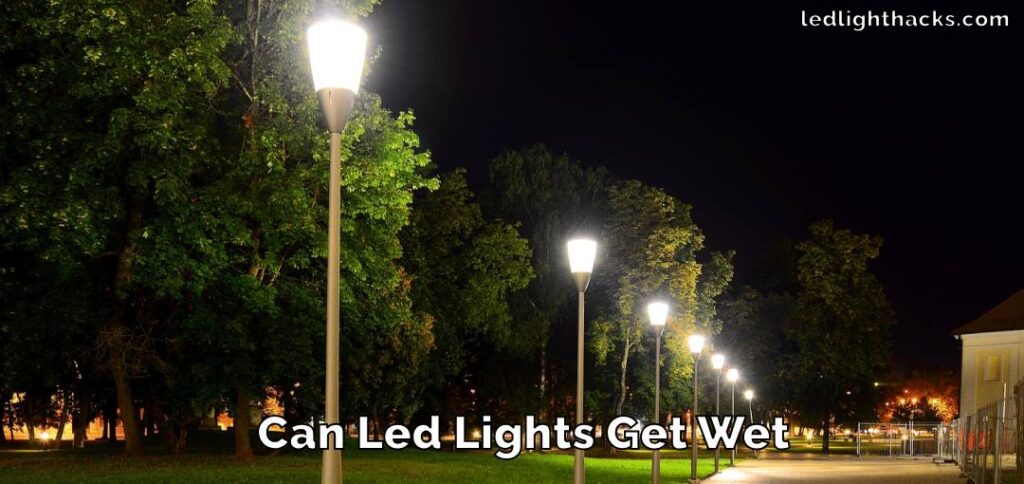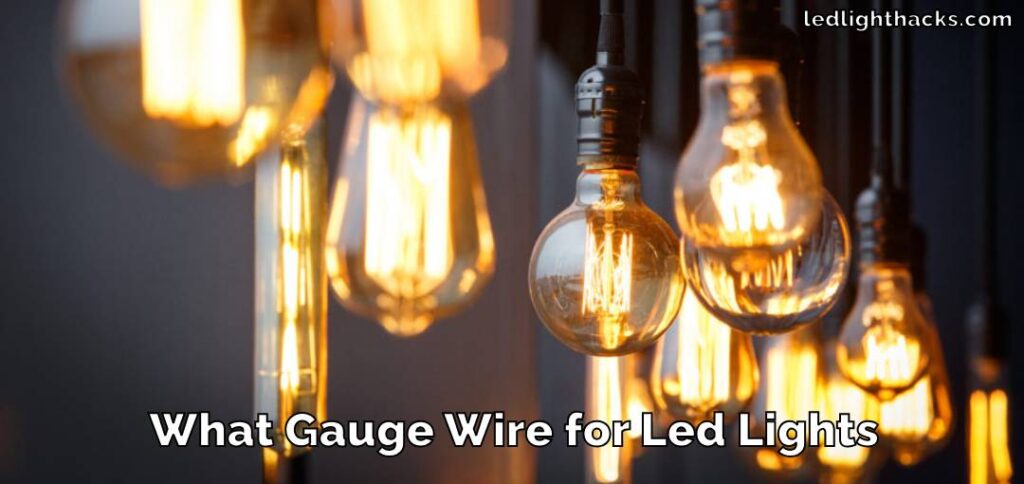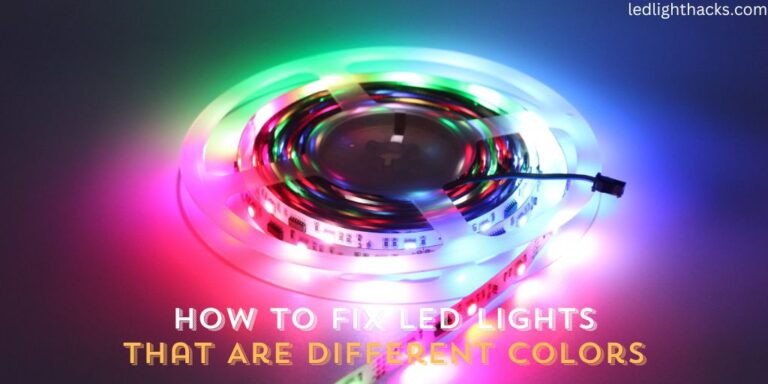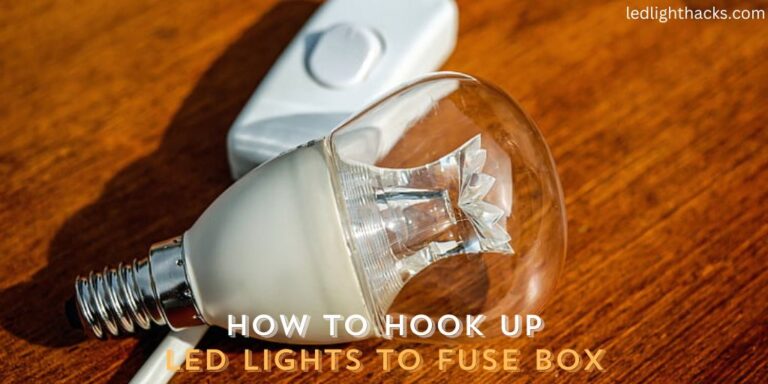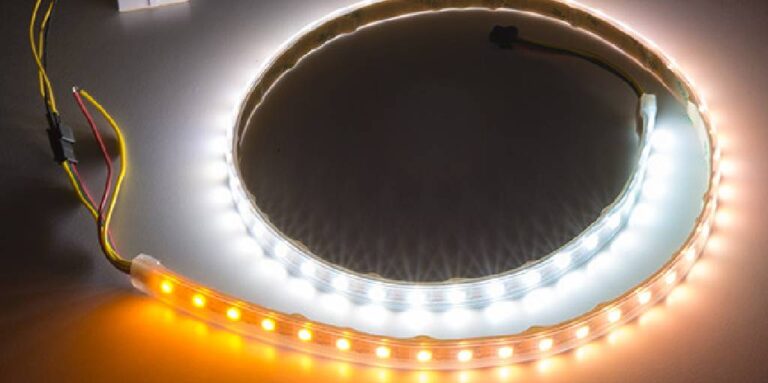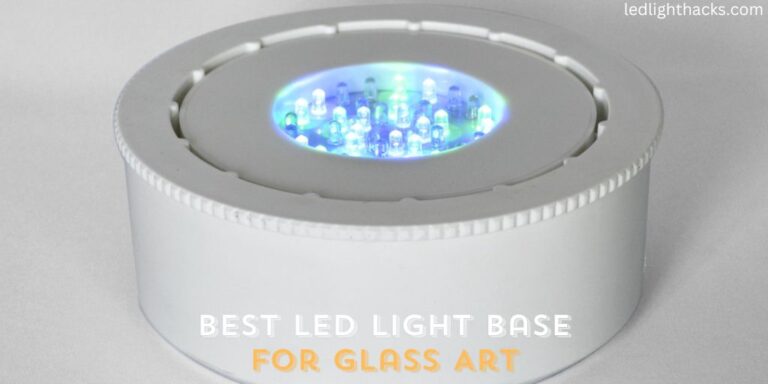How to Make Dark Colors on LED Lights
LED lights are a game-changer when it comes to lighting up spaces. They’re not just good for the environment and your electricity bill; they also offer a wide range of colors to play with. But when you want to set a certain mood, sometimes what you need are darker shades.
You might wonder, “How can I get those rich, deep colors with my LED lights?” This article is here to guide you on how to make dark colors on LED lights, adding a whole new layer to your space’s look and feel.
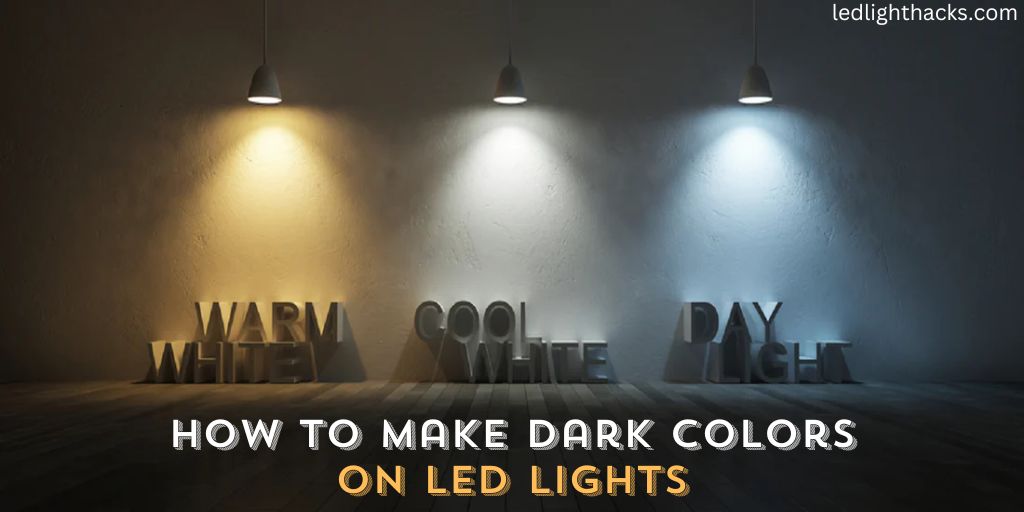
We’ll explore why it’s sometimes a challenge to achieve darker tones with LEDs, what you’ll need to get started, and the step-by-step process to make it happen. By the end of this, you’ll be equipped with the knowledge to tweak your LED settings like a pro, creating the perfect ambiance for any occasion.
Why You Need to Make Dark Colors on LED Lights
Creating dark colors on LED lights serves several practical and aesthetic purposes. Darker shades contribute significantly to the atmosphere of a space, offering a sense of depth and visual interest.
This is particularly important in areas like home theaters or gaming zones, where subdued lighting enhances the viewing experience, reducing glare and strain on the eyes.

In artistic settings or when displaying products, deep, rich colors can captivate the viewer, eliciting stronger emotional responses and drawing attention to specific details.
Moreover, in environments aimed at relaxation, such as spas or lounges, darker tones can create a soothing, serene ambiance. It’s not just about the look it’s also about how these colors influence the feel and function of a space.
Tools We Need to Make Dark Colors on LED Lights
Creating dark colors with LED lights requires more than just the lights themselves. Here’s a comprehensive list of tools and equipment needed:
- RGB LED Strips: The foundation of color creation, these strips offer a wide range of colors through the combination of Red, Green, and Blue LEDs.
- LED Controllers: These devices allow you to adjust the intensity and color output of your LED strips. Some advanced models offer features like dimming and color mixing.
- Dimmer Switches: Essential for reducing the brightness of your LEDs, dimmer switches help in achieving darker shades.
- Color Filters: While not commonly used, color filters can alter the hue and saturation of your LEDs, aiding in producing specific shades.
- Smartphone Apps: Many modern LED systems are compatible with apps that offer extensive control over color settings.
- Power Supply: A stable and adequate power supply is crucial to maintain the desired color consistency.
- Color Calibration Tools: For precision, tools like colorimeters can help you calibrate the exact color output you desire.
Understanding how to use these tools in tandem is key to successfully creating dark colors on LED lights.
How to Make Dark Colors on LED Lights
Creating dark colors on LED lights can seem tricky at first since LEDs are known for their bright and vibrant output. However, with the right approach, you can achieve deeper, darker tones that add a sophisticated touch to your space. Here’s how to do it:
Understand Color Mixing
LED lights mix red, green, and blue (RGB) light to create different colors. Dark colors are achieved by reducing the intensity of these three colors. However, LEDs cannot display true black, as “black” in lighting terms means the absence of light. You can aim for darker shades of colors by adjusting the brightness.
Use Dimmer Switches
One of the simplest ways to darken the color of your LEDs is by using a dimmer switch. Dimming the lights doesn’t just reduce their brightness, but also deepens the perceived color, allowing for a richer palette of dark shades.

Color Mixing
Experiment with mixing different amounts of red, green, and blue to create darker shades of your desired color. For example, adding more blue to red can give you a deeper purple. Playing around with the balance of colors can help you find the perfect dark shade.
Use a Controller or App
Many modern LED light systems come with a controller or a smartphone app that lets you adjust color and brightness. Look for settings that allow you to manually adjust the RGB values and the overall brightness. Lower the brightness while adjusting the RGB values to get your desired dark color.

Test and Adjust
Achieving the perfect dark color is a process of trial and error. Continuously test different settings and adjust your approach based on the results.
This might mean tweaking the color balance, adjusting the brightness, or changing the angle or position of the lights to see how it affects the color output.
Choose the Right Environment
The perceived color of your LEDs can also depend on the environment. Darker rooms will make the colors appear deeper, while brightly lit rooms may wash out the colors. Consider the ambient light in your space when trying to achieve darker colors.
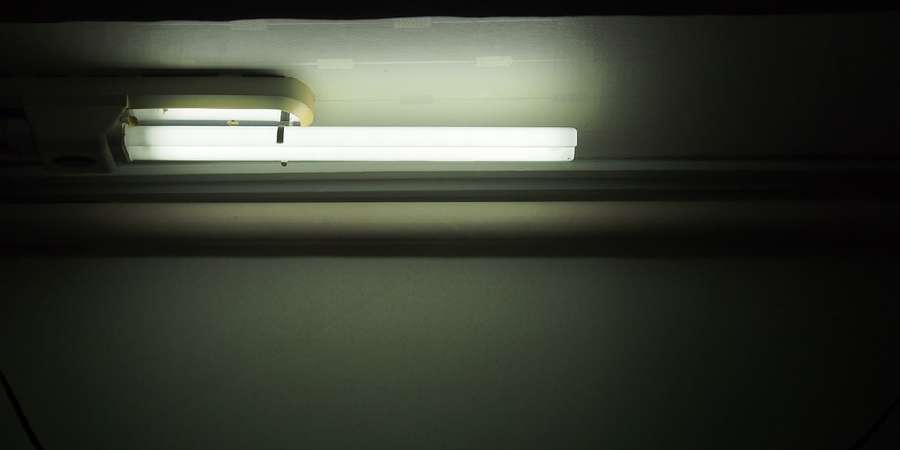
Practice and Experiment
Creating the perfect dark color takes practice. Don’t be afraid to experiment with different settings and combinations. Sometimes, the most surprising mixes can lead to the beautiful, deep colors you’re aiming for.
By following these steps, you can create a range of dark colors with your LED lights, perfect for setting the mood or enhancing the ambiance of any room. Remember, the key is to experiment and adjust the settings until you find the perfect balance for your space.
Precaution While Making Dark Colors on LED Lights
Taking precautions while creating dark colors on LED lights is essential for both safety and optimal performance. Here are some detailed guidelines to follow:
- Avoid Overheating: When LEDs are dimmed to produce darker colors, there is a risk of them getting too hot. Overheating can shorten the lifespan of the LEDs and may even pose a fire hazard. To prevent this, make sure your LED setup is well-ventilated. If possible, install a cooling system or keep the LEDs in a cool environment.
- Power Supply Management: It’s important to use a power supply that can handle the demand of your LED lights. If the power supply is inadequate, it can lead to voltage fluctuations, which might not only damage your LED lights but also cause inconsistent color production. Check the specifications of your LED lights and ensure your power supply matches or exceeds these requirements.
- Color Consistency: Regularly inspect your LEDs to ensure they are emitting consistent colors. Variations in color output can occur over time due to a variety of factors, including aging of the LEDs or changes in the power supply. If you notice any inconsistencies, it may be necessary to adjust your settings or replace parts of your setup.
- Electrical Safety: Always ensure that all electrical installations are done according to safety standards. If you are not confident in handling electrical work, consult a professional. Incorrect wiring can lead to accidents or damage to your LED system.
- Environment Factors: The ambient light and the colors of the surfaces around the LEDs can affect how the dark colors appear. Be aware of these factors and adjust your settings accordingly to achieve the desired effect.
- Regular Maintenance: Like any other electronic device, LED lights require regular maintenance. Keep them clean from dust and debris, which can affect their performance and color output.
By following these precautions, you can safely and effectively create dark colors on your LED lights, enhancing the ambiance of your space without compromising on safety and longevity.
FAQ’s
How Do You Make Colors With LED Lights?
Creating colors with LED lights involves mixing red, green, and blue (RGB) light in different intensities. By adjusting the amount of each of these primary colors, you can produce a wide range of colors.
For example, combining equal amounts of red and green light gives you yellow, while blue and green will give you cyan. The color possibilities are vast, and with precise control, you can achieve almost any color you desire.
Can RGB LED be made black?
Technically, RGB LEDs cannot produce true black because black is the absence of light. However, by dimming all the RGB components to their lowest brightness RGB LEDs can achieve very dark shades that are close to black. This is often sufficient for creating the illusion of black in a lit environment.
How Do I Darken RGB Colors?
To darken RGB colors, you need to reduce the brightness and intensity of each RGB component. This can be done using dimmer switches or through software controls if you’re using a smart LED system.
By lowering the intensity, the colors appear deeper and darker. This method is useful for creating mood lighting or for setting a specific ambiance in a room.
Can You Customize RGB Lights?
Yes, RGB lights are highly customizable. Most RGB LED systems come with controllers or are compatible with software that allows you to adjust the color and brightness of the lights.
Some advanced systems can be controlled with smartphone apps, enabling you to change the lighting according to your preferences easily. This feature is especially useful for creating dynamic lighting effects or for matching the lighting to specific events or moods.
What is the Dark Version of a Color?
The dark version of a color is typically achieved by reducing its brightness and saturation. This can be done by adding a bit of black or gray to the color, or by simply lowering the intensity of the light.
For instance, a dark red can be created by reducing the brightness of the red light, making it less vivid and more subdued. This concept is important in various fields, from interior design to visual arts, as it allows for a more nuanced and layered use of color.
Conclusion
Learning to create dark colors with LED lights is crucial for anyone wanting to improve their lighting experience. This skill is about more than just looks it’s about creating the right atmosphere, providing comfort, and allowing for artistic expression.
With the insights and steps outlined on how to make dark colors on LED lights in this article, you are now equipped to effectively adjust LED lighting to suit any mood or setting. This knowledge opens up new opportunities for enhancing spaces with the simple, yet impactful, use of light.
How to Change a Light Switch without Turning Off the Power
Mastering the skill of changing a light switch without turning off the power holds great…
How To Stick LED Strip Lights On Wall Without Damaging Paint
LED light strips have surged in popularity, adorning homes and spaces with their vibrant colors…
Can Led Lights Get Wet
LED lights are everywhere, from homes to city streets, known for their efficiency and brightness….
Creative Ways to Use LED Strip Lights in Your Home
LED strip lights, those brilliant strips of technology, serve as a beacon of innovation in…
Can Solar Lights Catch Fire
Solar garden lights are your go-to pal for lighting up your backyard oasis while keeping…
What gauge wire for LED lights
When diving into LED lighting, one aspect that might not catch your eye at first…



